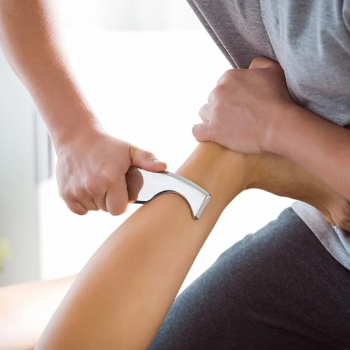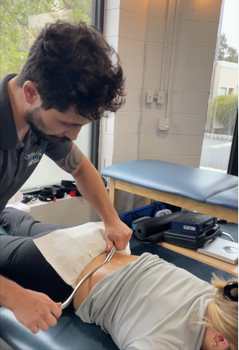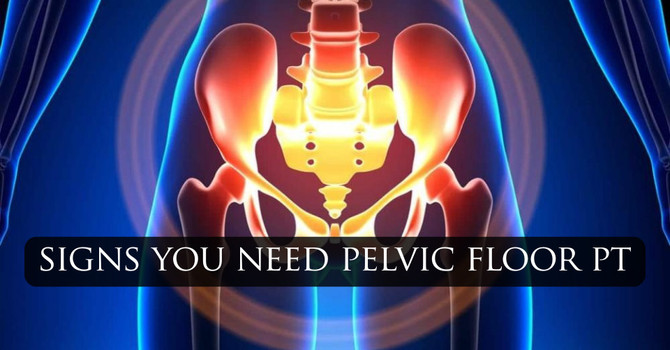
You’ve been dealing with that nagging pain for months, maybe even years. It could be a dull ache in your shoulder from an old sports injury, a persistent stiffness in your back that makes getting out of bed a chore, or that sharp pain in your heel every morning. You stretch, you use a foam roller, and you’ve even tried deep tissue massage, but the relief is always temporary. The tightness and pain inevitably return, limiting your movement and keeping you from the activities you love.
When surface-level treatments don’t work, it’s often because the problem lies deeper, in the form of scar tissue and fascial restrictions. These issues require a more targeted approach to break the cycle of pain. This is where an advanced therapy called the Graston Technique can make a significant difference.
What Is the Graston Technique?
The Graston Technique is a specialized form of Instrument-Assisted Soft Tissue Mobilization (IASTM). It is an evidence-based therapy that allows clinicians to effectively detect and treat areas of scar tissue, adhesions, and fascial restrictions that build up in muscles, tendons, and ligaments.

During a treatment session, a trained practitioner uses a set of specially designed stainless steel instruments to comb over the skin. These tools act like a stethoscope for soft tissue, amplifying the texture of the underlying fascia and muscle. This allows the clinician to precisely locate fibrotic or knotted tissue that may be causing pain and restricting movement. Once identified, the same instruments are used to apply targeted pressure and break up these problematic adhesions.
How Does It Work to Relieve Pain?
Think of your muscles and fascia as a smooth, organized network of fibers. After an injury, surgery, or even repetitive strain, the body lays down scar tissue to repair the damage. However, this new tissue is often disorganized and dense, creating adhesions that stick muscle fibers together. These adhesions can cause pain, limit your range of motion, and create chronic tightness.
The Graston Technique works on several levels to address this:
- Breaks Down Scar Tissue: The instruments apply a specific sheering force that helps to break apart the cross-links that form scar tissue and fascial adhesions. This process helps to realign the soft tissue fibers, restoring their normal texture and function.
- Increases Blood Flow: The treatment creates a localized inflammatory response. While "inflammation" can sound negative, this controlled microtrauma is actually beneficial. It stimulates increased blood flow to the area, bringing oxygen and nutrients that are essential for healing and flushing out metabolic waste.
- Restores Normal Movement: By releasing restrictions in the fascia and muscles, the Graston Technique helps restore pain-free movement. Your joints can move more freely, and muscles can lengthen and contract properly, reducing stiffness and improving your overall mobility.
More Than Just a Technique: Our Functional Approach
At Optimal Health Chiropractic & Physical Therapy, we believe that lasting relief comes from treating the root cause of your pain, not just the symptoms. The Graston Technique is a powerful tool, but its effectiveness is magnified when it’s part of a comprehensive, functional rehabilitation plan.

We integrate it with other evidence-based therapies to ensure you recover faster and build resilience against future injuries. Your personalized treatment plan may include:
- Dynamic Neuromuscular Stabilization (DNS): This approach focuses on retraining your body’s movement patterns to reflect the natural, ideal movements we develop in early childhood, promoting stability and reducing strain.
- Myofascial Release: We use manual techniques to release tension in the broader fascial network, complementing the targeted work of the Graston instruments.
- Corrective Exercise Therapy: Once we release the restrictions, we prescribe specific exercises to strengthen weak muscles, improve your posture, and correct the imbalances that contributed to the problem in the first place.
This integrated approach ensures we’re not just breaking up scar tissue—we’re retraining your body to move better for the long term.
Common Conditions Treated with the Graston Technique
This versatile therapy can be effective for a wide range of acute and chronic conditions, including:
- Shoulder Pain (e.g., Rotator Cuff Tendinopathy)
- Tennis Elbow and Golfer's Elbow
- Plantar Fasciitis and heel pain
- IT Band Syndrome
- Post-Surgery Stiffness and scarring
- Neck and Lower Back Pain
- Carpal Tunnel Syndrome
- Shin Splints
Is the Graston Technique Right for You?
The Graston Technique is a safe and effective treatment when performed by a certified professional. Our clinicians have undergone extensive training to ensure they can deliver this therapy with precision and care. While the treatment can sometimes cause temporary discomfort or minor bruising as the tissue is released, it is a non-invasive solution that can provide significant, lasting relief where other methods have failed.
If you are tired of living with chronic pain and stiffness, it’s time to explore a treatment that addresses the underlying cause.
Ready to see if the Graston Technique is right for you? Visit our South Jersey clinic for a personalized consultation or schedule an appointment at either our Egg Harbor Township or Washington Township clinic today.




